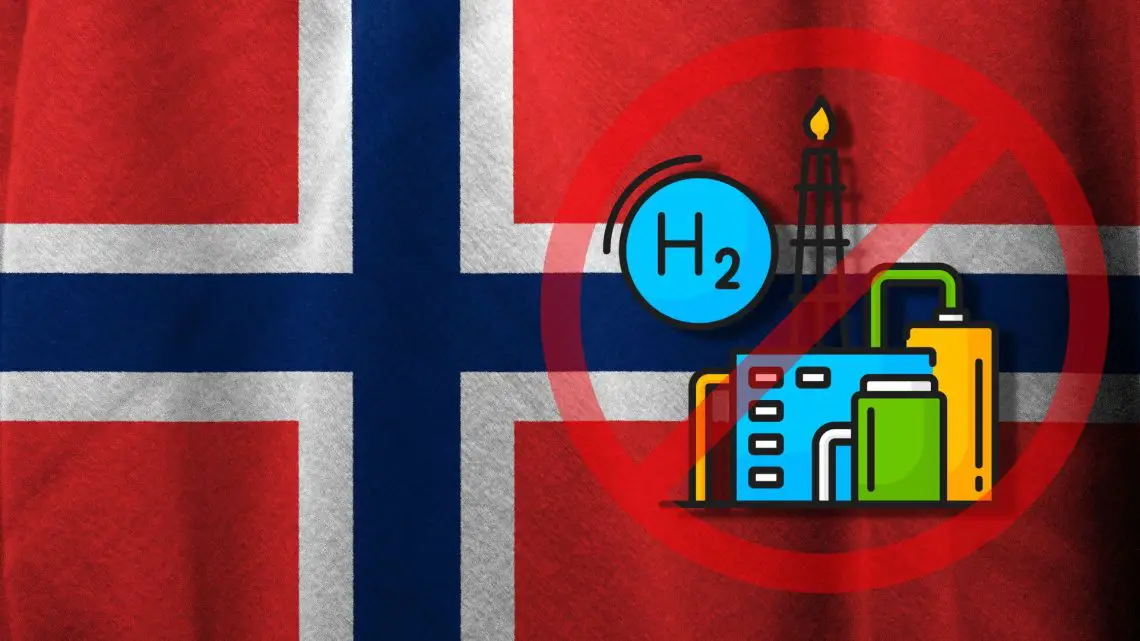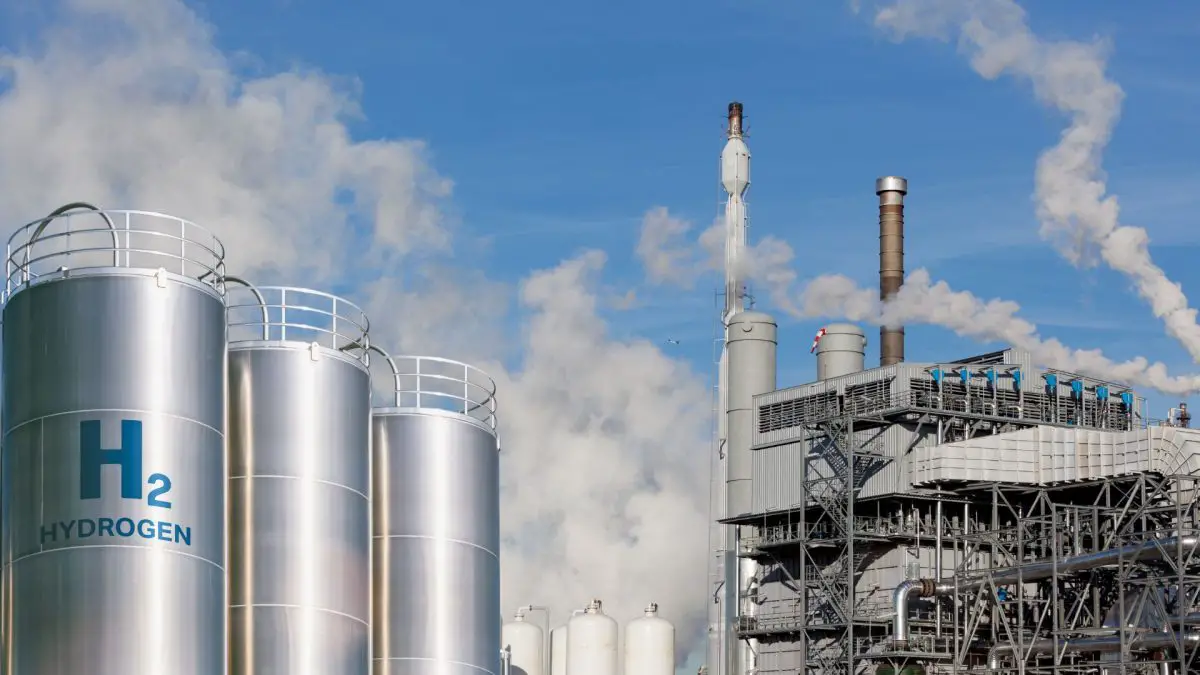
Shell shuts down hydrogen fuel project in Norway
September 25, 2024The energy giant has dumped its low-carbon H2 plant plans because of a lack of demand
Shell has dumped its plans to install and operate a low-carbon hydrogen fuel project on the west coast of Norway, because it has encountered a lack of demand for the H2 the facility would have produced, said the energy giant.
This follows a similar decision by Equinor
Hydrogen Fuel News recently reported on a similar decision Equinor made in cancelling its own project in Norway that would have used a pipeline to export H2 to Germany. That hydrogen fuel project also shut down due to a belief that the demand simply wasn’t there.
Both projects would have focused on the production and export of blue H2, which is a form of the fuel that is low carbon, that is not without its controversy. The reason is that it still relies on fossil fuels – more specifically, natural gas – for its production. Though this would usually be gray H2, both facilities would have used carbon capture and storage to make them blue.
Mitigating the carbon emissions from a blue hydrogen fuel project
Both the ongoing reliance on natural gas and the fact that carbon capture and storage techniques are imperfect in terms of stopping all greenhouse gasses from being emitted into the atmosphere. That said, those backing blue hydrogen fuel projects have argued that it is a substantial improvement over the most common forms of H2 production – gray H2 with unabated emissions – and allows producers to use a production method that keeps costs lower than current renewable H2 production methods.
The demand isn’t growing as expected
“We haven’t seen the market for blue hydrogen materialize and decided not to progress the project,” said a Shell spokesperson in Norway.
Predictions have been widely pointing to a rapid growth in demand for H2 and many companies and countries worldwide have been investing in technology to support the establishment of hydrogen economies as they decarbonize.
That said, the explosive growth hasn’t kept up with the rate predicted by certain hydrogen fuel projects in the region in and around Norway, causing certain large participants to shut down.



 With over 15 years of reporting hydrogen news, we are your premier source for the latest updates and insights in hydrogen and renewable energy.
With over 15 years of reporting hydrogen news, we are your premier source for the latest updates and insights in hydrogen and renewable energy.